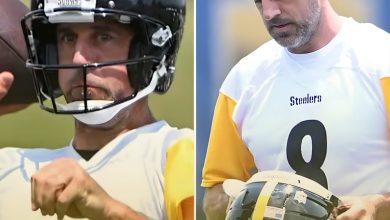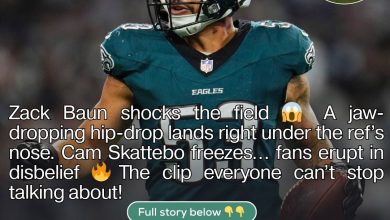CUBS BASEBALL ANALYSIS: Should Chicago Pursue Kazuma Okamoto?.vc
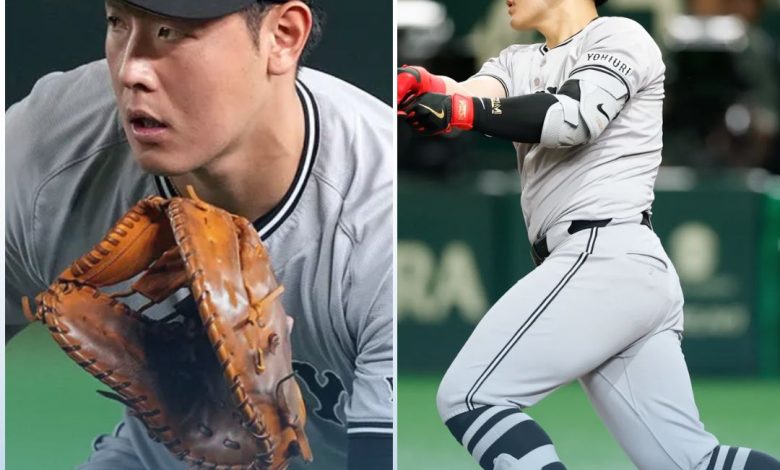
BCB After Dark, Offseason Week One — The Chicago Cubs enter the Hot Stove season with a clear need for offensive upgrades, particularly a right-handed power bat with defensive flexibility at the corner infield spots. The primary focus of acquisition debate shifts this week from high-risk targets like Adley Rutschman to Japanese professional baseball (NPB) star Kazuma Okamoto.
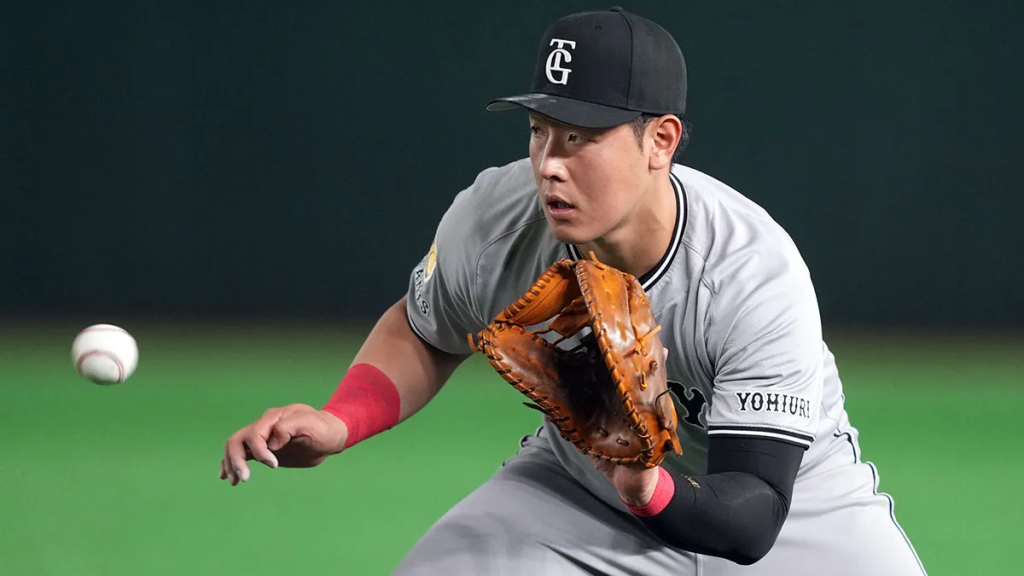
Okamoto, a 29-year-old corner infielder from the Yomiuri Giants, represents a compelling, yet calculated, acquisition target compared to his younger, higher-upside counterpart, Munetaka Murikami.
The Case For Okamoto: Mitigating Risk with Quality Contact
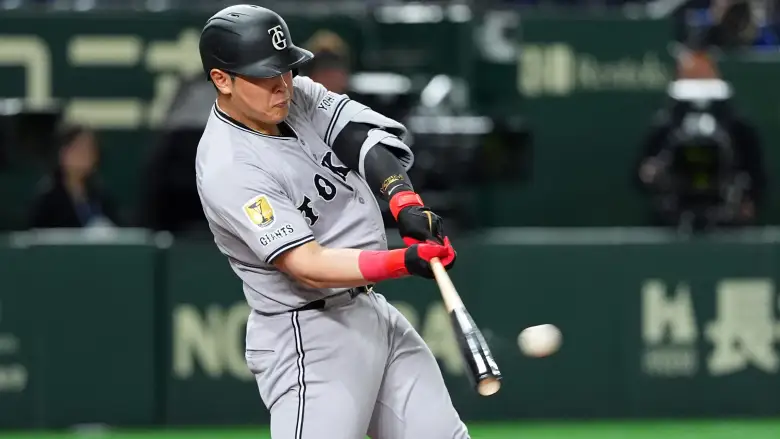
The primary appeal of Kazuma Okamoto lies in his exceptional plate discipline and projected fit for the National League club:
- Elite Contact Profile: Okamoto boasts an impressively low career NPB strikeout rate, clocking in at 17.7% over 11 seasons, and an elite 11.3% strikeout rate in his most recent 69-game stretch in 2025. This contrasts sharply with the high-risk, high-reward profile of Murikami, whose strikeout rate has hovered near 30% in recent NPB seasons. The low strikeout profile suggests a solid foundation for adjusting to Major League pitching.
- Proven Power and Production: He is a consistent power hitter, logging six consecutive seasons with 30 or more home runs (2018–2023) and hitting 41 home runs in 2023. His career NPB slash line of .277/.361/.521 compares favorably to other successful NPB imports like Shohei Ohtani and Masataka Yoshida.
- Positional Versatility: Okamoto has played roughly 60% of his NPB games at Third Base (3B) and also logged time at First Base (1B) and in the corner outfield. For the Cubs, he would serve as a critical defensive insurance policy against any regression from prospect Matt Shaw at 3B, and provide a strong, right-handed platoon partner for Michael Busch at 1B/Designated Hitter (DH).
The Velocity Risk: The MLB Unknown

The significant hurdle for Okamoto, as with most NPB position players, is the stark difference in pitching velocity.
- The 94 MPH Cliff: While some sources indicate Okamoto posted a strong .440 batting average and an 8.8% strikeout rate against pitches 93 mph and higher in 2025 (a positive sign), veteran scouts like Eric Longenhagen of FanGraphs have noted that Okamoto’s production “falls off a cliff” against fastballs exceeding 94 mph. The Major League average four-seam fastball velocity is approximately 94.4 mph.
- Limited Exposure: This struggle, however, may be attributed to limited exposure, as Okamoto only saw around 200 such pitches in a full NPB season. His low overall strikeout rate indicates he possesses the necessary hand-eye coordination and discipline to potentially adjust quickly to the higher velocity.
Financial and Role Assessment
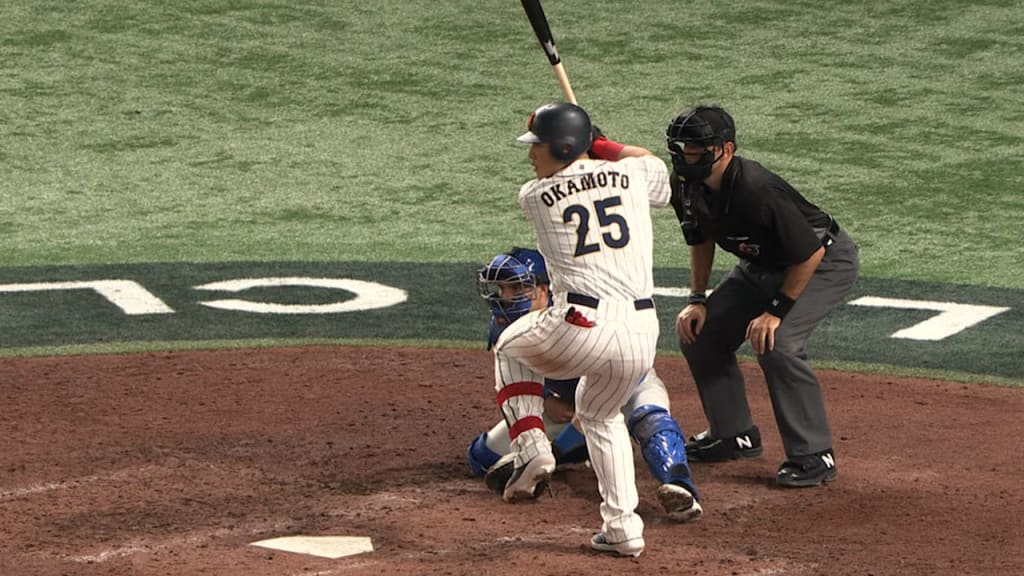
Okamoto is projected to command a contract in the range of $50–$85 million over three to four years, a much more manageable investment than the anticipated sum for Murikami.
If signed, Okamoto would elevate the Cubs’ bench and provide the team with a reliable hitter capable of exceeding the role held by veteran designated hitters like Justin Turner in previous years, potentially logging over 100 starts across 1B, 3B, and DH.
Conclusion

The Cubs’ pursuit of Kazuma Okamoto represents a calculated, high-probability bet on a proven professional hitter with favorable contact metrics. While the jump in MLB fastball velocity presents a tangible risk, his consistent power, plate discipline, and fit for the team’s corner infield/DH need make him a highly sensible and attractive target for Chicago this offseason.

